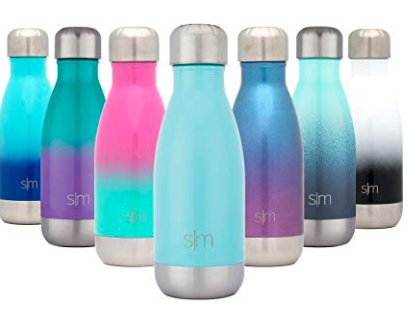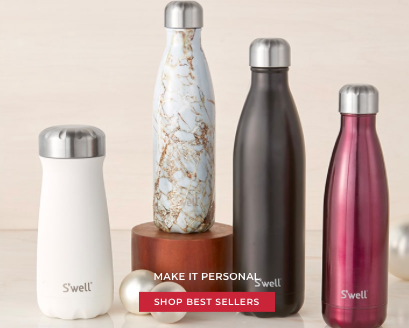You don’t want to wait too long to get skates sharpened because there will be a dramatic difference when it does get sharpened and your skater will require time to adjust to the new blades. You also don’t want to get the skates sharpened too often; otherwise, it will wear out your blades (and you know how expensive blades costs). If the skates are too sharp, your skater will have a difficult time pushing forward because the grooves of the sharp blades get stuck into the ice. Remember, the sharper the skates does not make your child skate better!
Personally, I prefer my blades to be very sharp especially since I do freestyle and ice dance. My edges need to “grip” the ice when I spin and takeoff and land my jumps. I also need good control to make clean deep edges for my patterns and footwork. I prefer my dance blades to be super sharp compared to my freestyle blades because ice dance requires supreme control and precision of edges when completing difficult turns in patterns. As I got older I spent more time on the ice so I needed to have my skates sharpened frequently. I believe I had my skates sharpened on average every 8-10 weeks when I was a beginner and low freestyle skater. As I progressed to a higher level and began ice dancing, I got my skates sharpened every 4-6 weeks.
I find it helpful to keep a log of how many hours your skater is on the ice in between sharpening so then you can be anticipate scheduling your next sharpening appointment. Please take note that a skate sharpener’s appointment book can get filled quite quickly and you definitely don’t want to be pushed back another week or more to have the skates sharpened. Not only will your skater be very unhappy but he/she won’t be able to have a productive practice session and/or lesson if constantly frustrated with dull blades. Trust me, I’ve experienced it many times despite trying to make my appointments two months in advance!
Lastly, it’s crucial who you go to get your skates sharpened- I can not stress it enough! You must go to a reputable and reliable professional/specialist who sharpens figure skates because your skates are sharpened very differently from those of hockey skates. For many years now, I’ve been going to Jim Skibin at IceHouse ProShop in Hackensack (https://www.icehousenj.com/pro-shop). Jim has sharpened and set boots to blades for Sarah Hughes, and also worked with Tara Lipinsky, Johnny Weir, Kyoko, Brian Boitano, Oksana Baiul, amongst many others. I also go to Greg Gilman at Polar Skate Shop in East Hanover, NJ (https://polarskateshop.com). I trust my skates to no one else except Jim and Greg as I need to have peace of mind when I’m out there performing and competing.
Every skater is different so determine the sharpening needs based on his/her preference and requirements. Don’t be afraid to experiment with different sharpening to find what your skater is most happiest with.
Remember to always protect your blades
especially after a sharpening!
(Nov 26, 2017 post)
























